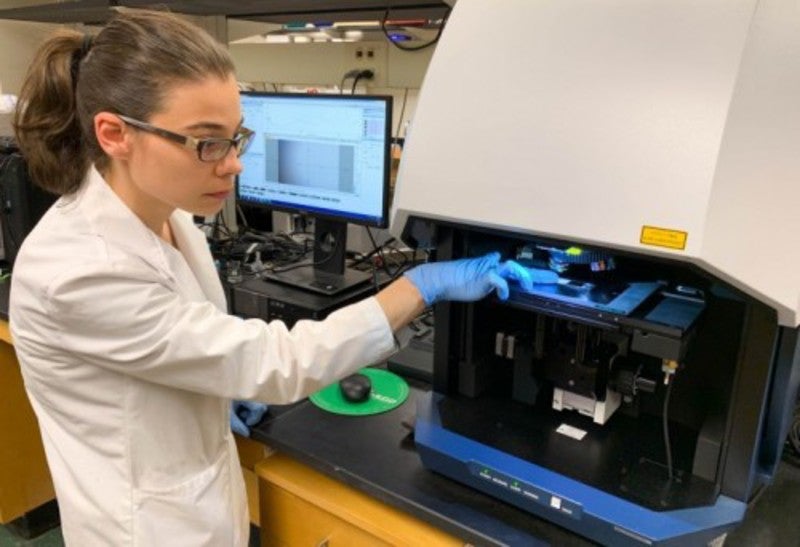
Researchers from Ohio State University have identified the specific biomarkers of fibromyalgia, differentiating it from other related diseases.
The team was able to reliably detect the condition in blood samples as part of a study that compared 50 people diagnosed with fibromyalgia, 29 with rheumatoid arthritis, 19 with osteoarthritis and 23 with lupus, the researchers examined blood samples from each participant using vibrational spectroscopy.
Ohio State University associate professor Kevin Hackshaw said: “We found clear, reproducible metabolic patterns in the blood of dozens of patients with fibromyalgia. This brings us much closer to a blood test than we have ever been.”
Hackshaw added that patients with fibromyalgia are left without proper care and advice on managing their chronic pain and fatigue. Identifying the disease biomarkers is expected to open up the possibility of targeted treatments.
Doctors currently rely on patient-reported information about a multitude of symptoms and a physical evaluation of a patient’s pain to diagnose fibromyalgia, which is frequently misdiagnosed or undiagnosed. No blood test or easy-to-use tool is available.
Hackshaw and co-author Luis Rodriguez-Saona are planning a larger-scale clinical trial to see if the success they saw in the research can be replicated.
How well do you really know your competitors?
Access the most comprehensive Company Profiles on the market, powered by GlobalData. Save hours of research. Gain competitive edge.

Thank you!
Your download email will arrive shortly
Not ready to buy yet? Download a free sample
We are confident about the unique quality of our Company Profiles. However, we want you to make the most beneficial decision for your business, so we offer a free sample that you can download by submitting the below form
By GlobalDataRodriguez-Saona said: “If we can help speed diagnosis for these patients, their treatment will be better and they’ll likely have better outlooks. There’s nothing worse than being in a grey area where you don’t know what disease you have.”
For the next study, 150 to 200 subjects per disease group will be examined to see if the findings of the research are replicable in a diverse population.
The Columbus Medical Research Foundation supported the research.







